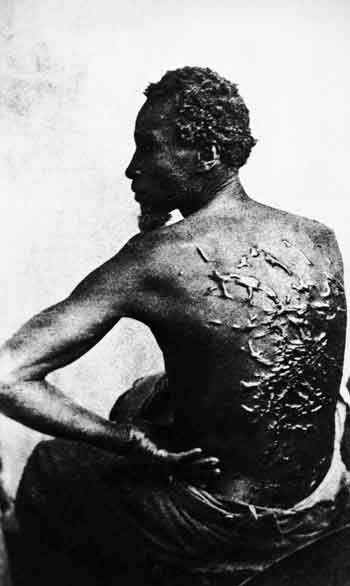Marching Toward Justice exhibit
 In 1619, Africans arrived in the English colonies with the same status as many early arrivals indentured servants. Over time, because of their physical appearance, their status changed to enslaved, and they lived through all the horrors of the slave industry and its legacy. Some 300 years later, the U.S. Supreme Court ruled that separate schools are inherently unequal, and so began the long process of integration.
In 1619, Africans arrived in the English colonies with the same status as many early arrivals indentured servants. Over time, because of their physical appearance, their status changed to enslaved, and they lived through all the horrors of the slave industry and its legacy. Some 300 years later, the U.S. Supreme Court ruled that separate schools are inherently unequal, and so began the long process of integration.
Marching Toward Justice tells this uniquely American story, starting with the slave trade and ending with school integration. At the heart of this story is the 14th Amendment. Adopted on July 9, 1868, the 14th Amendment was intended to address the injustices African Americans continued to suffer in the Reconstruction era. The amendment declares that any man or woman born in the United States is a U.S. Citizen regardless of race, social status, gender or conflicting state laws. This provision overruled the Supreme Court's decision in Dred Scott, where it held that African Americans weren't and could never become citizens.
The amendment further declares that states cannot deny any person in their jurisdiction "the equal protection of the laws." Phrased differently, no state can treat similar citizens differently without just cause. This provision was a response to the state laws that prevented African Americans from enjoying the rights and freedoms their fellow white citizens enjoyed, such as sitting on juries, owning property and moving freely through public spaces.
The Damon J. Keith Collection of African American Legal History created Marching Toward Justice to inform the public about the fundamental importance of the 14th Amendment. With more than 200 photographs and primary source documents, it details our centuries-long journey toward and sometimes away from equal justice for all.
To learn more about Marching Toward Justice, or to arrange an exhibition at your school, business or community center, contact Professor Peter J. Hammer, (313) 577-0830.